Although Google Chrome is one of the cross-platform web browsers, it is infamous for its excessive memory and battery usage. With the latest v108, Google has added necessary adjustments to reduce memory usage and save battery. Let’s check them out in action.
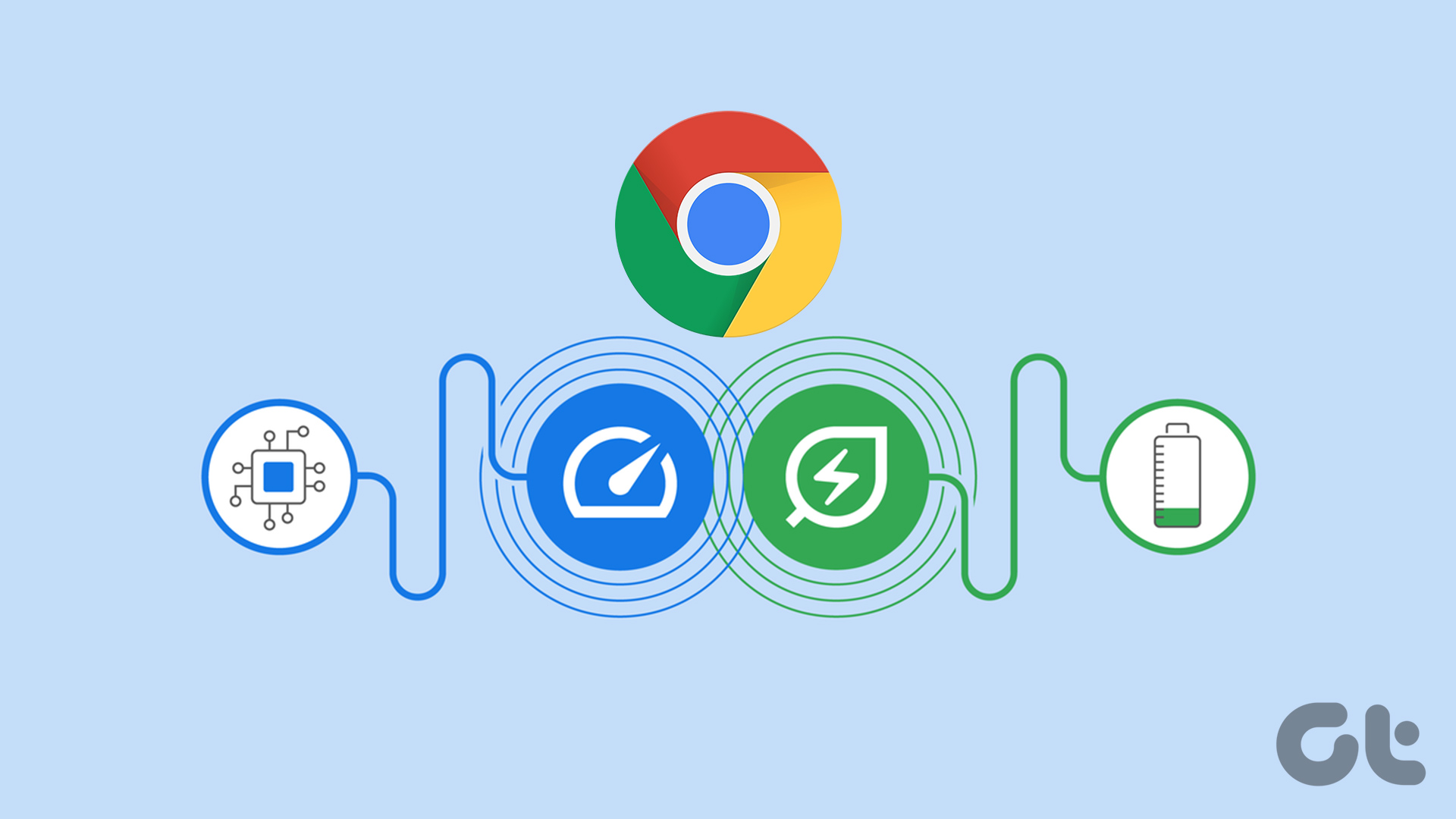
Google Chrome’s high memory and battery consumption give you a below-average web browsing experience. Sometimes it even slows down other apps installed on your desktop.
1. Update Google Chrome
The latest features of Google Chrome are only available in version 108. If your computer is running the version of Google Chrome, you won’t find them. Before you begin, update Google Chrome to the latest version.
Step 1: Launch Google Chrome on your computer.
2nd step: Select the kebab menu (three vertical dots) at the top to open the settings.
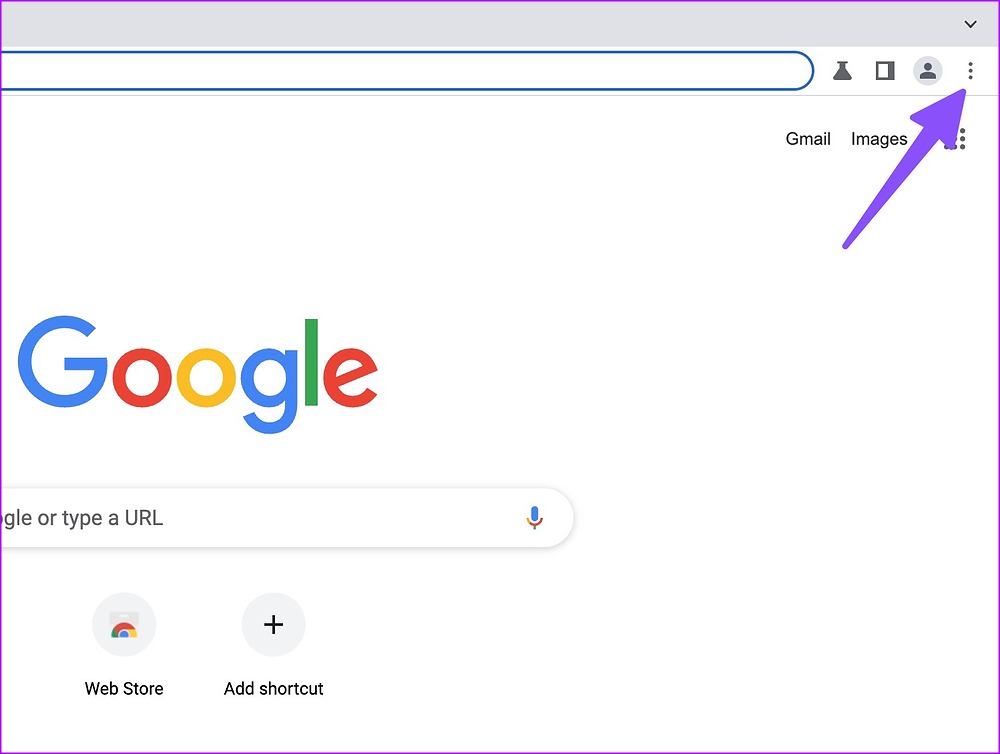
Step 3: Select “About Chrome” from the left sidebar.
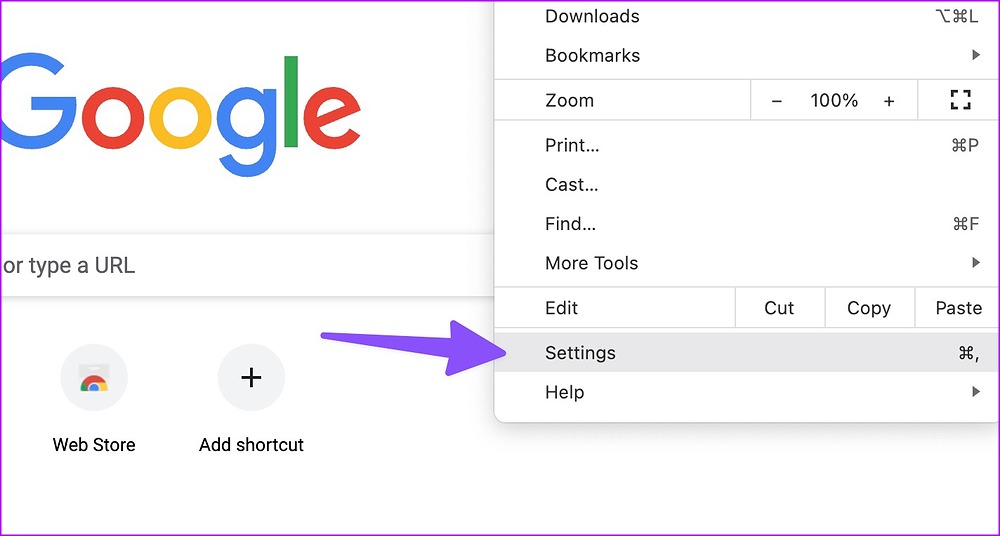
Step 4: Install the latest Chrome update and restart the browser.
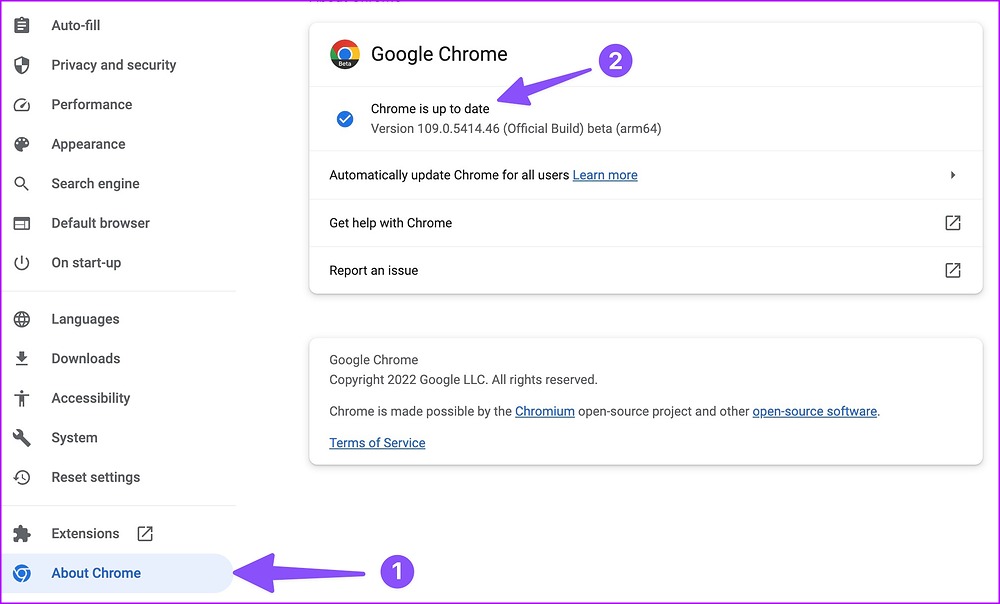
It is also a good practice to update Google Chrome regularly as developers regularly push new versions with bug fixes and new features.
2. Enable Google Chrome Memory Saver
Who doesn’t prefer browsing the web with dozens of tabs open in the background? While it’s convenient to quickly switch between open tabs, some tabs can increase memory usage and battery consumption. The new Google Chrome update comes with a feature called “Memory Saver” to free up memory from inactive tabs. So other open tabs and apps get more memory bandwidth to use.
Your inactive tabs automatically become active again when you return to them. This is quite different from closing the tab completely. Inactive tabs are always visible at the top. The browser disables the feature by default. Follow the steps below to enable it.
Step 1: Launch Google Chrome on your desktop.
2nd step: Select the kebab menu (three vertical dots) in the upper right corner.
Step 3: Select Settings.

Step 4: Select Performance from the left sidebar.
Step 5: Enable the memory saver toggle.

“Memory Saver” in Google Chrome is similar to the “Saving Tabs” feature in Microsoft Edge. However, you cannot set a time to activate memory saver in Google Chrome. Microsoft lets you select a specific amount of time to put inactive tabs to sleep.
Make an exception for selected websites
Google Chrome’s “Memory Saver” feature can become irritating to your most important open tabs. Fortunately, the browser allows you to make an exception for these websites. Here’s how.
Step 1: Open Performance in Google Chrome settings (refer to the steps above).
2nd step: Select “Add”.

Step 3: Add a website address.

Repeat the same for all important websites and Google Chrome won’t make them inactive.
3. Enable Energy Saver in Google Chrome
When you enable power saver, Google Chrome limits background activity and visual effects, such as smooth scrolling and video frame rates, to save laptop battery power. Here’s how you can activate and use it.
Step 1: Go to Google Chrome settings (check the steps above).
2nd step: Open the Performance tab and enable the Power saving toggle. You have two options:

- Turn on only when my battery is at 20% or less
- Activate when my computer is unplugged
If you’re playing a game or browsing the latest Netflix series, you might notice changes in overall performance.
4. Find and close resource-intensive tabs
Google Chrome has a built-in task manager to check the amount of resources used by each active tab. You can use task manager and close those resource-intensive tabs in Chrome.
Step 1: Open Google Chrome and select the kebab menu (three vertical dots) in the upper right corner.
2nd step: Expand More Tools and select Task Manager.
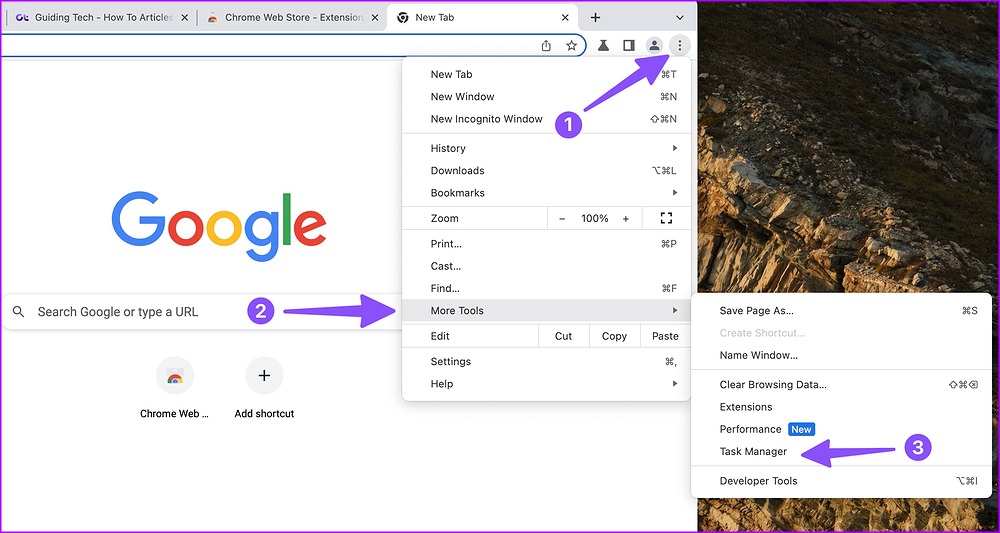
Step 3: You can check the amount of memory and CPU resources used by each tab. If you notice abnormally high usage, select the tab and click “End Process”.
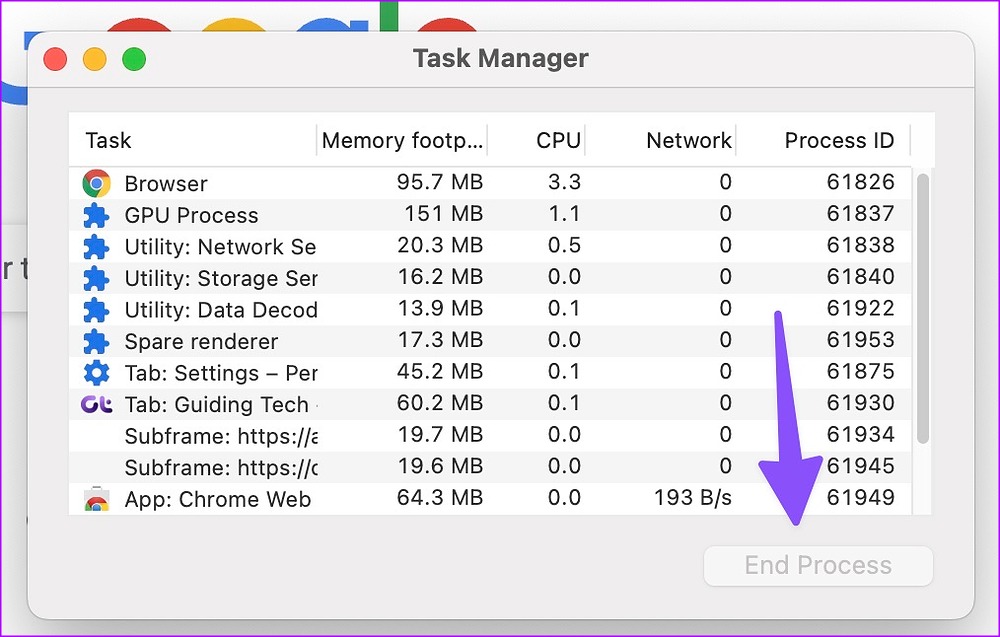
5. Disable or Uninstall Irrelevant Chrome Extensions
Since Google Chrome has a rich ecosystem of extensions, you can go overboard by installing dozens of extensions on your browser. But only certain extensions are actively maintained and may develop incompatibility with the latest versions of Chrome. You should disable or uninstall unnecessary Chrome extensions. Here’s how.
Step 1: Open “More tools” from the Chrome kebab menu (refer to the steps above). Select Extensions.

2nd step: Disable or remove unknown extensions.

Use Google Chrome with maximum efficiency
Suppose you are still facing high memory and battery usage in Google Chrome. In that case, it’s time to ditch Google’s web browser in favor of other capable ones. alternatives like Microsoft Edge, Opera or Brave. Have you noticed any improvements with new performance-focused features in Chrome? Share your findings in the comments below.
